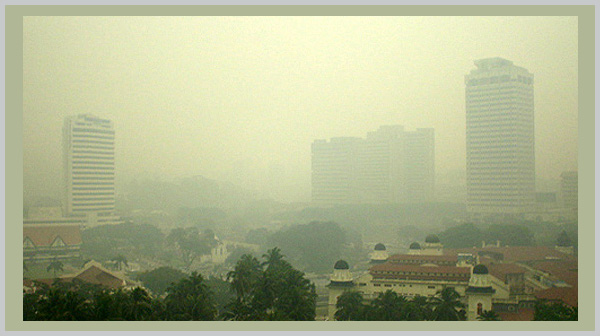
Cause of Extinction: Pollution
One of the ways habitat is degraded is by pollution. Creatures that depend on either freshwater or saltwater for all or part of their life cycles, like fish, frogs, marine mammals, and many invertebrates, are especially vulnerable to pollution. Water is polluted by run-off of fertilizers and pesticides from farms, oil and other chemicals from roads, and human sewage that flows untreated into rivers, lakes, and oceans.
In addition to polluting waterways, we divert fresh water from rivers and lakes for irrigation, drinking water, and industrial uses.
There is less water left in the rivers and lakes to dilute the polluting chemicals.
Ships pollute saltwater by dumping waste. Oil spills, like the big spill from the oil tanker Exxon Valdez in Alaska in 1989, kill large numbers of animals. Many smaller spills and leaks go relatively undetected, but their cumulative effects over the years also can injure wildlife.
Water is not the only element that suffers from pollution. Factories and cars release chemicals into the air. The chemicals are deposited on land by rain, causing pollution, including what is known as acid rain. Acid rain weakens and kills plant life, decreasing the food supply for animals that eat the plants.
Pesticides are another source of pollution. Farmers use pesticides to keep insects from eating crops. Pesticides remain in crops and in wild plants eaten by herbivores (plant eaters). Insects also carry pesticides.
Animals that eat herbivores (like predatory birds) and insects (like birds and amphibians) get high concentrations of these chemicals in their systems. The chemicals can disrupt physical functions like reproduction in these animals.
Explore:
Click here for Endangered Species Classroom Activities
Click here for Endangered Species Classroom Glossary